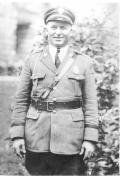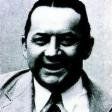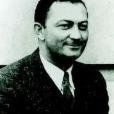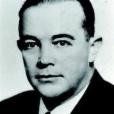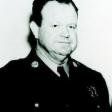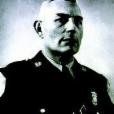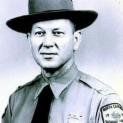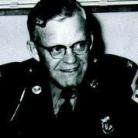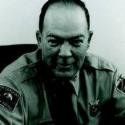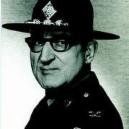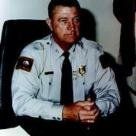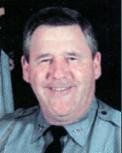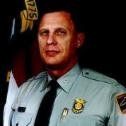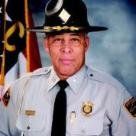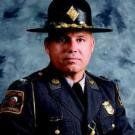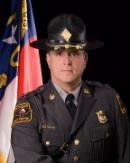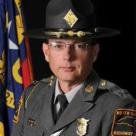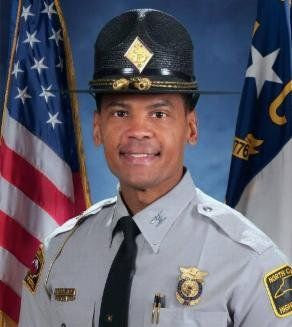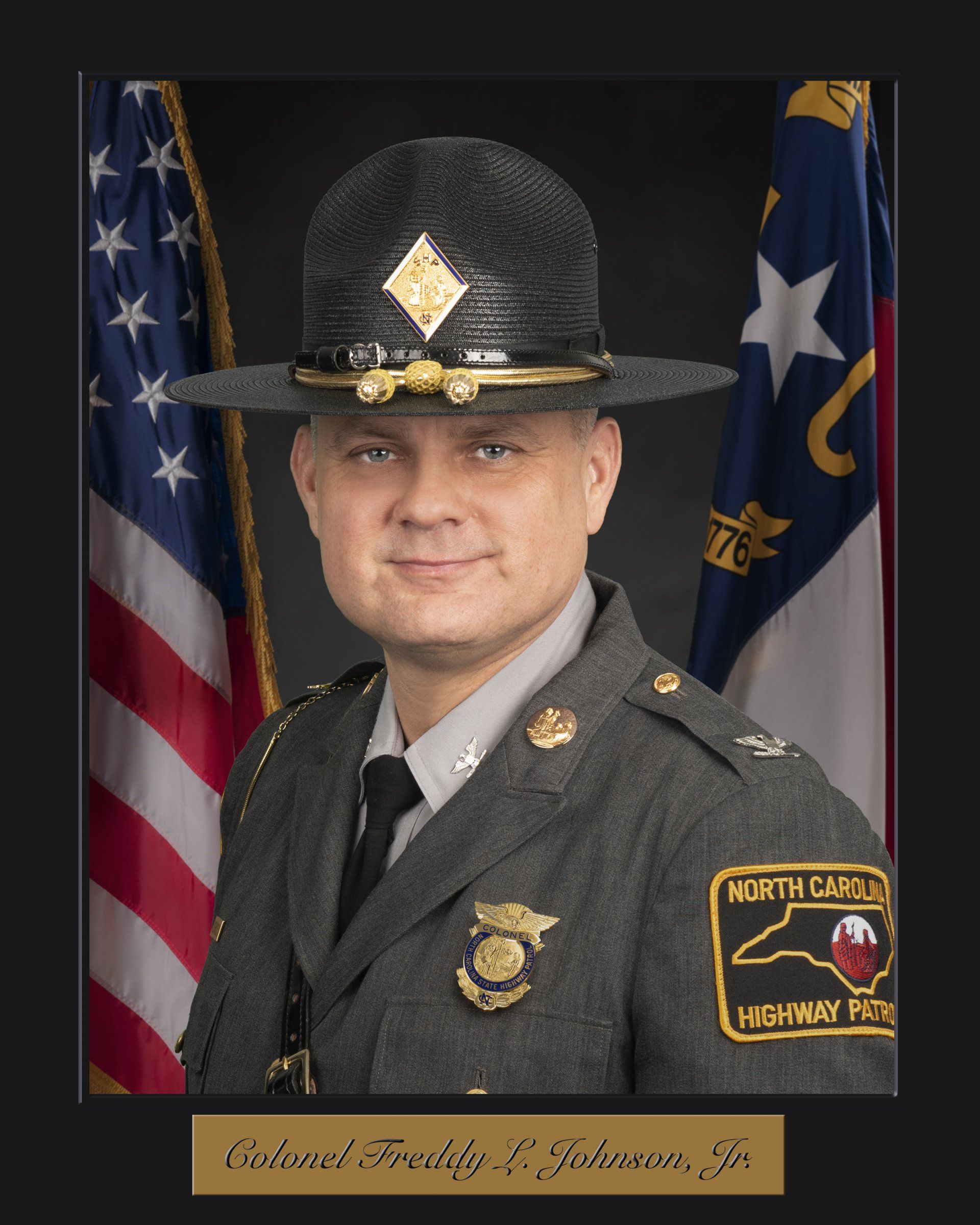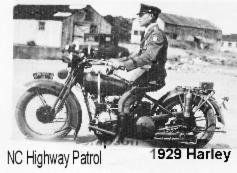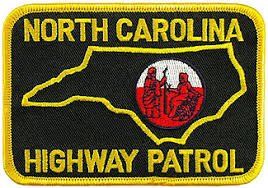
NC Highway Patrol Retirees Association
History of the North Carolina Highway Patrol
For information on Patrol Vehicles, Badges and Patches, click on the gray pages on the left.
In 1921, 150,558 motor vehicles were registered in North Carolina. By 1929, the number of registered vehicles increased to 503,590. As the number of vehicles increased, so did the number of people killed in traffic accidents: 690 ideaths in 1929. Traffic control was of such concern that in 1929 the General Assembly passed an act authorizing the establishment of a State Highway Patrol. The new organization was given statutory responsibility to patrol the highways of the state, enforce the motor vehicle laws, and assist the motoring public. The organization was designed as a division of the State Highway Commission. The Highway Commission initially sent ten men (later designated as a captain and nine lieutenants) to Pennsylvania to attend the training school of the Pennsylvania State Police. Their mission was to study law, first aid, light adjustments, vehicle operation, and related subjects for use in North Carolina's first Patrol School. An office was established in Raleigh to serve as state headquarters, and a district office was established in each of the nine highway districts. A lieutenant and three patrolmen were assigned to each district. All patrolmen were issued Harley Davidson motorcycles and the lieutenants drove Model A Ford Coupes. The Patrol commander was issued a Buick automobile.
Changes and Growth
In 1931, the General Assembly increased the Patrol to 67 members and reduced the number of lieutenants to six. The Patrol was increased in size in 1933 to 121 members. Patrolmen were relieved of gasoline inspection duties and given responsibilities for issuing driver licenses and enforcing the new driver license laws. All patrolmen were assigned individual vehicles in 1937, and during the same year the legislature authorized a statewide radio system for the purpose of coordinating operations and improving the efficiency of the Highway Patrol. Numerous executive, legislative, and administrative changes have occurred since the Patrol's creation. The duties and responsibilities have varied, different ranks have been designated, and the organizational structure has been modified to improve efficiency. The Patrol, a semi-military organization, currently consists of five sections, each having specific duties and responsibilities. These sections are: Administrative Services; Technical Support Unit; Office of Professional Standards; Training; and Field Operations, the enforcement arm of the Patrol.
Going through some of the Basic School records, it would appear that the Patrol has had two members serving in uniform that never received any form of basic training. Vic Aldridge served more than twenty years, reaching the rank of Lieutenant before retiring and taking over the Alcohol Beverage Commission. Harold Minges served as a Patrolman, leaving before retirement and became a successful soft drink executive. Both men were given their appointments through a gubernatorial process. If you have information concerning any other member that did not attend Basic School please let us know.
In the early years of the Patrol the work week was six days on and one off. The day off was during the week, Monday-Thursday. Troopers were lucky to get a weekend off every eight to ten weeks. In October 1960, Commissioner Ed Scheidt reduced the work schedule to five days a week, eight hours per day. As many of you can testify, most District Sergeants did not adhere to these changes for a many years. In fact, the eight hour work shift was not realized until the Federal Fair Labor Standards was enacted. Troopers now get more weekends off.
The North Carolina Highway Patrol is identified through a distinctive shoulder patch.
In 1971, the Department of Motor Vehicles adopted a shoulder patch similar to the Patrol. Colonel Guy asked Major Jones, C&L Director, to come up with a new design for the Highway Patrol. Major Jones asked a young Sergeant to work on the project and come up with a new design. Less than an hour later, the Sergeant took the new patch design to Major Jones and submitted it for approval. Within days, the new patch was approved and has been worn by members since 1972. The one who designed the new patch was Sergeant A. R. Cope.
Board Members
The Board of Directors shall be made up of all current officers, trustees, immediate past president and the chairpersons of all standing committees. The Chairman of the Board shall be selected by the Board members. A sitting President of the Organization will not be eligible to serve as Chairman of the Board.
Committee members:
Finance:
Chair-John Finney Dallas 1-704-922-4910
Jesse Silver
Bill Long
Jesse Silver
Bill Long
Membership:
Bill Ethridge - Chairman
Troop A---Alan Basnight
Troop B---Tim Thomas
Troop C---Ronald Alligood
Troop D---Buddy Hartley
Troop E---J. R. Keller
Troop F---Don Patterson
Troop G---Tim Drake
Troop H---Bill Ethridge
Troop A---Alan Basnight
Troop B---Tim Thomas
Troop C---Ronald Alligood
Troop D---Buddy Hartley
Troop E---J. R. Keller
Troop F---Don Patterson
Troop G---Tim Drake
Troop H---Bill Ethridge
Nominating:
Tim Drake-Chair Arden 1-828-681-1866
George Russ Wilmington 1-910-256-0537
Tim Drake-Chair Arden 1-828-681-1866
George Russ Wilmington 1-910-256-0537
Ivan Stroud, Whiteville
Ralph Newton
By-Laws:
Bert Mercer - Chair Cape Carteret 1-252-393-6672
Bill Baker Winston-Salem 1-336-760-9571
Tim Drake Arden 1-828-681-1866
George Russ Wilmington 1-910-256-0537
Trustees:
Ivan Stroud (Fall 2023)
J. G. Finney (Fall 2024) Dallas , NC1-704-922-491
Ward Kellum (Fall 2025) Pikeville, NC 919 242-6112
Ivan Stroud (Fall 2023)
J. G. Finney (Fall 2024) Dallas , NC1-704-922-491
Ward Kellum (Fall 2025) Pikeville, NC 919 242-6112
Past Presidents:
1989-1991 W. W. Porter
1992 Walter Johnson
1993 Burt Mercer
1994 Bill Baker
1995 Dick Suddarth
1996 Nathan Davis
1997 Chuck English
1998 Stacey Bailey
1999-2003 Carey Broadwell
2003-2005 Harold Coley
2005-2007 Tim Drake
2007-2009 Richard Harris
2009-2011 Claude Wade
2011- 2013 Ward Kellum
2013-2015 Fred Patton
2015-2017 Bob Grayson
2018- 2019 John Finney
1989-1991 W. W. Porter
1992 Walter Johnson
1993 Burt Mercer
1994 Bill Baker
1995 Dick Suddarth
1996 Nathan Davis
1997 Chuck English
1998 Stacey Bailey
1999-2003 Carey Broadwell
2003-2005 Harold Coley
2005-2007 Tim Drake
2007-2009 Richard Harris
2009-2011 Claude Wade
2011- 2013 Ward Kellum
2013-2015 Fred Patton
2015-2017 Bob Grayson
2018- 2019 John Finney
2019-2023 Richard Jenkins
2007 NCHPRA
